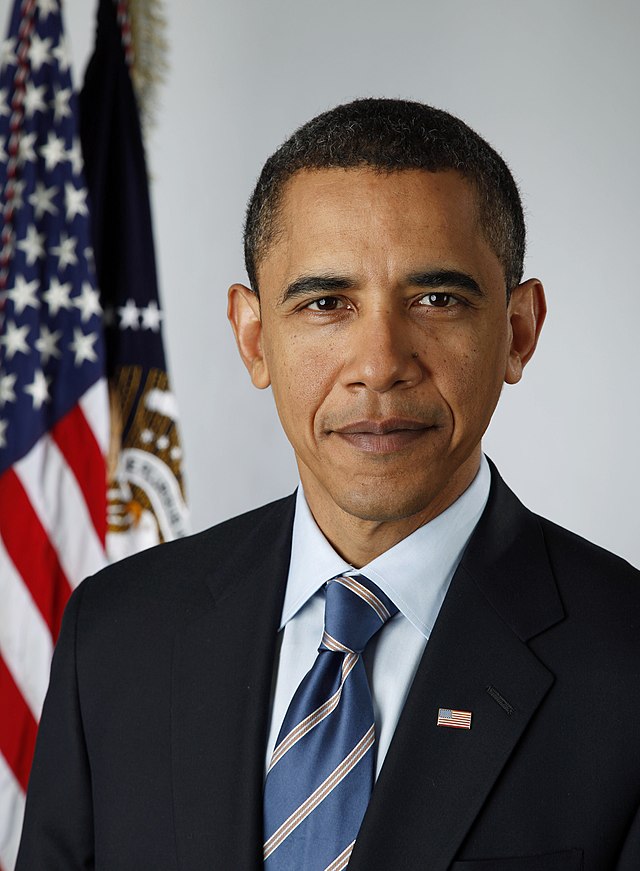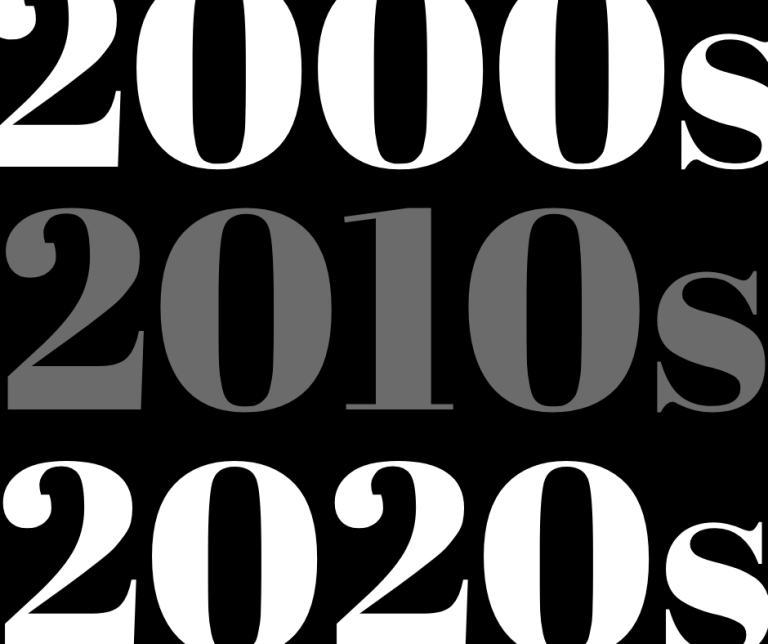After a nearly two-year-long campaign, Americans chose Illinois senator Barack Obama to serve as their 44th president on November 4, 2008. The outcome was historic because Obama, a first-term senator from the United States, became the nation’s first African American president when he took office on January 20, 2009. In addition, he became the first sitting senator since John F. Kennedy in 1960 to be elected president. Obama and Delaware senator Joe Biden defeated the Republican ticket of Arizona senator John McCain, who sought to become the oldest person ever elected president of the United States, and Alaska governor Sarah Palin, who sought to become the first woman vice president in the history of the nation, with the highest voter turnout in forty years, winning nearly 53 percent of the vote.
Campaign
The contest was framed by the 24-hour news cycle and the proliferation of blogs as a means of disseminating information, both accurate and false, as both campaigns tried to control the narrative. McCain’s campaign attempted to portray Obama as an inexperienced, naive politician who would meet with the heads of anti-American regimes in Cuba, Iran, and Venezuela without any demands being made of them. They also claimed that he was merely a celebrity with little substance (airing an ad comparing Obama to Paris Hilton and Britney Spears), labelled his political views as socialist (targeting Obama’s tax policy in particular and capitalising on Obama’s remark to “Joe Ayers, who was a professor at the University of Illinois at Chicago in 2008 and was frequently referred to by the McCain campaign as an “unrepentant domestic terrorist,” lived just a few blocks from Obama in Chicago, gave to his campaign for reelection to the Illinois Senate, and served on an anti-poverty board with Obama from 1999 to 2002. Obama downplayed his relationship with Ayers and called his actions “detestable,” but he was quick to point out that they took place 40 years prior when he was just eight years old. Additionally, a small but still significant portion of the populace mistakenly believed Obama, a practising Christian, to be a Muslim based on emails and other unproven claims.
Fighting back
Obama’s campaign, in an unprecedented move, launched the website “Fight the Smears” to counter the attacks and “fight back against ‘hateful,’ ‘vicious,’ and ‘desperate’ robocalls and mailers.” Obama’s campaign, on the other hand, tried to undermine McCain’s reputation as a maverick and lessen his appeal to independent voters by constantly linking him to President George W. Bush, whose popularity was among the lowest of any modern president, and airing advertisements that showed the two embracing while frequently stating that McCain voted with the Bush administration 90% of the time. McCain’s age—he would be the oldest person to be inaugurated to a first term as president—was allegedly a subtext in the Obama campaign’s attempt to paint McCain as “erratic,” a charge that was frequently repeated.
The fall campaign was also held against the backdrop of a financial crisis that engulfed the nation in September, when world markets suffered significant losses, severely impacting many Americans’ retirement savings and elevating the economy above both the war in Iraq and the fight against terrorism in voters’ concerns. The Dow Jones Industrial Average fell 26% from 11,388 to 8,451 between September 19 and October 10. The subprime mortgage crisis, which led to the U.S. government providing emergency loans to several American companies and the bankruptcy or sale of several significant financial institutions, also contributed to a severe contraction of liquidity in credit markets globally at the same time. After the first attempt at passage ended in failure, the U.S. economic and political establishment responded by passing the Emergency Economic Stabilisation Act, which aimed to stop the further economic collapse and provide a bailout.






